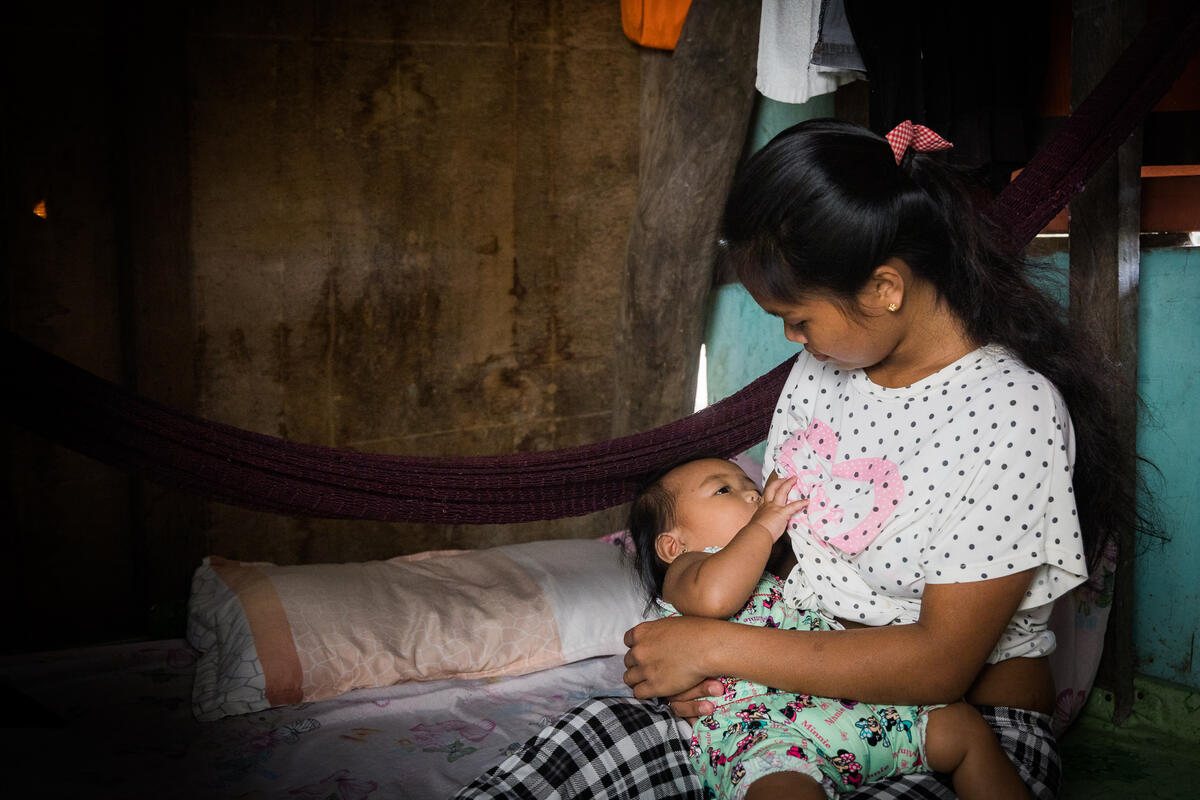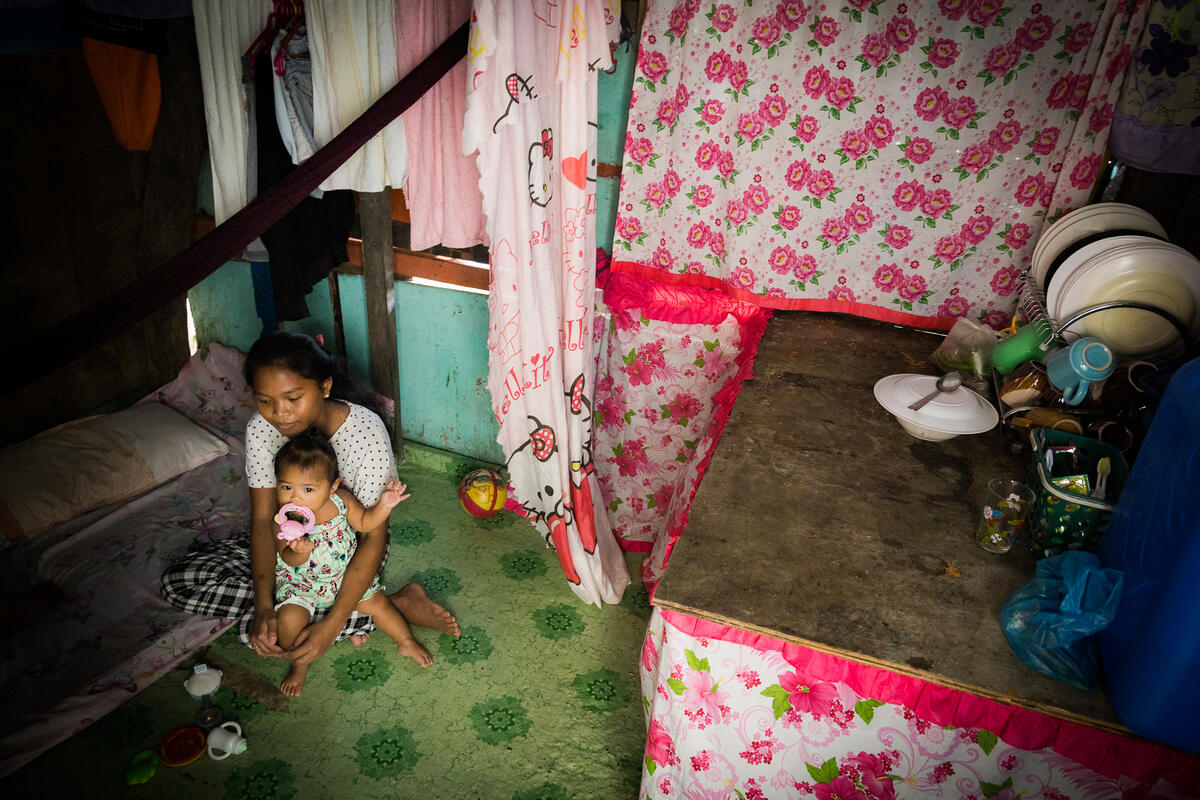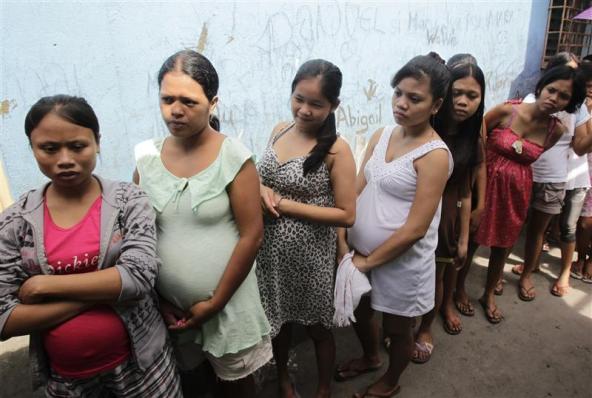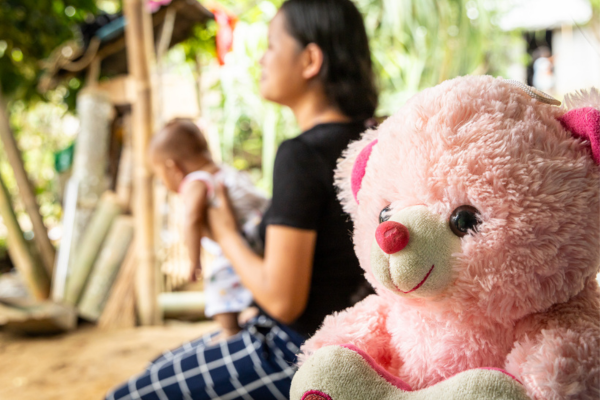
At age 16, Jane dreamed of being a nurse, going to Canada, and having a comfortable life.
At age 17, Jane carries an 8-month-old baby and living in a laidback community in Catanduanes, an island province in the Bicol Region, west of the Philippines.
About the event
“I fell in love with Jonathan,” she says. She was sitting on a small wooden chair, doing laundry. Her dress slightly slid on her left shoulder, showing her sunburnt skin. “My friend referred him to me. He texted me ‘Hi’. Since then, we started texting and video calling each other every day.”
Jonathan is 22 and earns a living by fishing, the main source of income for families in the community.
“What I like about him is his kindness and respectful attitude. He says ‘po’ and ‘opo’ during our phone conversation. He once said he couldn’t live without me,” Jane shares, blushing.
Jane and Jonathan eloped and lived momentarily with the latter’s family. After some months, both decided to make things right. They went back to Jane’s family to seek her parents’ approval and blessings.
“My older brother slapped me in the head,” Jane says, laughing as she recalls that day. But back then, she was scared and crying. “Eventually, my family accepted our situation.” Jane is the youngest in the family of four. Her parents earn a living by abaca weaving.
“I was in Grade 10 when I got pregnant,” she adds. Jane should have been in Grade 11 now had she continued her study.

Teen pregnancy
Jane’s situation is common in the Philippines where around 500 teenage girls (15-19) get pregnant every day, making the country one with the highest adolescent birth rates among the Association of Southeast Asian Nations (ASEAN), the United Nations Populations Fund (UNFPA) 2020 Policy Brief on Teenage Pregnancy in the Philippines showed.


Teen pregnancy is common among girls who are poor and have lower educational attainment. Data from the UNFPA showed that 95% of adolescent girls (15-19) who gave birth belong to low- and middle-income countries.
Teen pregnancy has been a global concern because of the health risks it poses for both the mother and child. The younger the mother, the higher the risk. Health problems may include health problems like anaemia, sexually transmitted infections (STIs), postpartum haemorrhage, low birth-weight babies.
Adolescent mothers may also suffer from poor mental health outcomes such as depression and suicide. They are also at risk for having frequent pregnancies with shorter birth intervals, and experiencing domestic violence, the UNFPA report explained.
There may also be challenges in health facilities that specifically cater to the needs of adolescent mothers.
Jane gave birth to a hospital, three hours away from her community. “Because our community hospital doesn’t accept young mothers like me to give birth there. I think, maybe, because they don’t have the necessary equipment.”
When Super Typhoon Goni (locally known as Rolly) devastated Catanduanes last November 2021, health facilities were damaged. Families lost the opportunity to earn after abaca plants were toppled. This post-typhoon situation severely affected pregnant and lactating mothers, especially teenage mothers, who needed regular check-ups and consultations to monitor their and their baby’s health.
“After the typhoon, my husband couldn’t go out fishing because of the weather and damages the typhoon caused to our boats. We merely rely on food from our relatives. Sometimes, my husband would borrow money,” Jane says.
To ensure that these mothers and their baby’s health could still avail of basic health services, UNFPA partnered with World Vision in the implementation of cash for health programming. Pregnant and lactating mothers were provided financial assistance so they could pursue the needed health care. A few days after the super typhoon, UNFPA and World Vision provided some community hospitals with generators that would help keep hospital operations going.
Jane benefitted from the said program. “I used the cash as fare whenever I go to our community hospital. I also bought food because, at that time, my husband had no income yet.”
UNFPA and World Vision also provided some hospitals in Catanduanes with generators, emergency maternity tents, and water jugs among others so servicing the immediate needs of pregnant and lactating mothers would continue in the aftermath of a typhoon.
Girl’s rights
This exquisite compilation showcases a diverse array of photographs that capture the essence of different eras and cultures, reflecting the unique styles and perspectives of each artist.